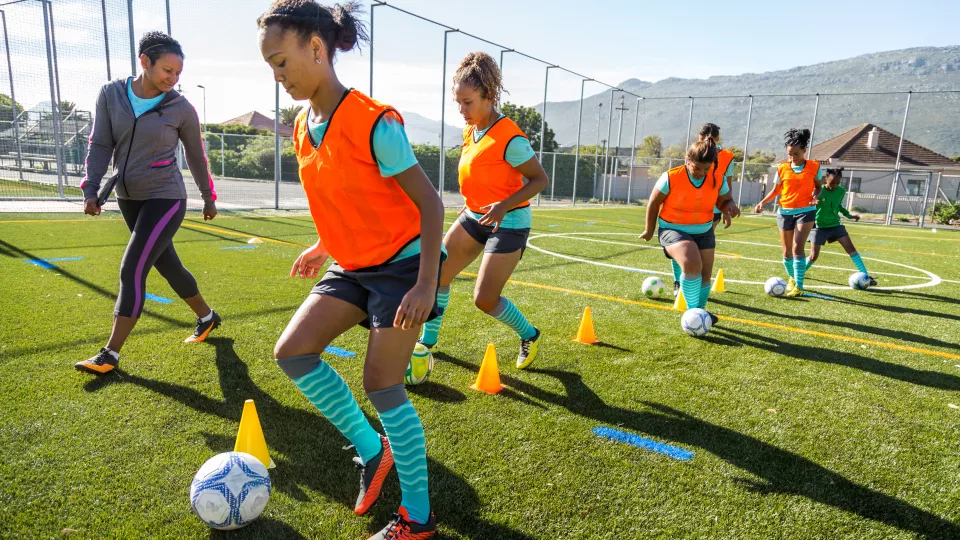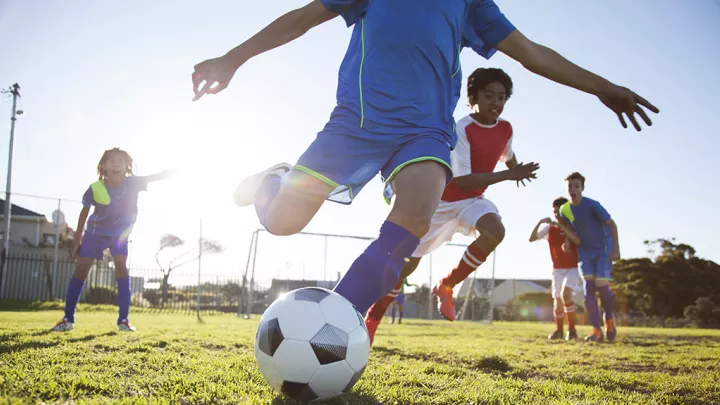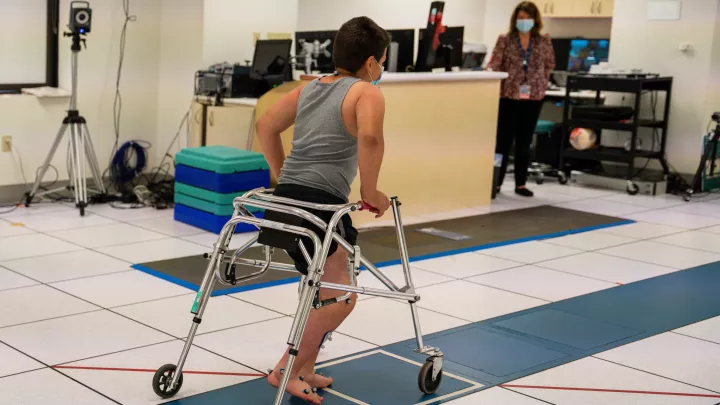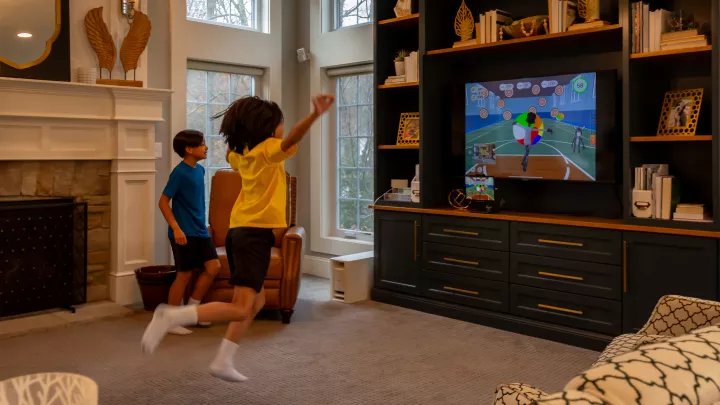
A Decline in Sports Participation: Why More and More Adolescents Are Quitting
Typically, the term burnout calls to mind someone who is putting in too many hours at work or is swamped with household chores. It isn’t necessarily something a parent expects in their adolescent. But it can happen. And, according to Bianca Edison, MD, MS, it can have lasting impacts on lifelong health.
Children’s athletics have changed significantly over the decades. Kids have more and different opportunities to play organized sports than their parents ever had. Participating in these activities is a critical stepping stone in development, according to Dr. Edison, Attending Physician in the Jackie and Gene Autry Orthopedic Center at Children’s Hospital Los Angeles.

“Sports keep kids active,” she says, “which can set the stage for healthy long-term habits.” But this isn’t the only benefit of team sports, or even necessarily the most important one. “Kids are learning how to respond to successes and setbacks; they’re learning how to help other children on their team when they fall.”
But can there be too much of a good thing? When it comes to specializing in specific sports—absolutely. According to Dr. Edison, children begin to devote more and more time to a single sport around ninth grade, which can actually have negative effects. Specialization means using the same muscle groups repetitively, which can lead to injury. And when a child is focused on the same activity day in and day out, burnout can result. “The downside to living in Southern California, where the weather is usually so nice, is that a single sport can be played all year round,” says Dr. Edison. The mandatory downtime of a snowy winter helps children rest, recharge and heal.
In addition to the added pressures of high school, burnout can cause children to quit sports. According to Dr. Edison’s new study, which followed the graduating class of 2023, only 39% of high school seniors are participating in organized sports, a steep decline from the nearly 90% of kids participating in seventh and eighth grades.
And burnout isn’t the only problem.
“Sports have gotten so much more intense earlier and earlier in a child’s life,” says Jacquelyn Valenzuela-Moss, the first author of the study. She explains that with the prevalence of club teams and extra trainings, costs have climbed. “This puts an added burden on families,” she says, “which means lower-income families are at a disadvantage.”
The results of the study raise larger questions about the purpose of team sports and the level of involvement children and adolescents should have.
“It should be fun,” says Dr. Edison. “The main reason kids quit is because it has gotten too serious.” Winning and losing can feel important, but the pressure of winning can take away the joy of the sport. “All children are athletes, whether they’re going to go into sports professionally or not. We need to plant these seeds early—not only to develop lifelong healthy habits, but to give these kids the important experiences of teamwork, camaraderie and fun.”
The study, which was recently published in the journal Sports Health, is part of a larger research program in which Dr. Edison is exploring many factors leading to attrition in sports, such as sleep. “This is all part of a larger conversation,” says Dr. Edison. “We need to really focus on the whole child and what our goals here really are. We want them to have opportunities to be active and to learn important lessons along the way.”
Additional authors on the study include Tishya A. L. Wren, PhD, an investigator in Orthopedics at CHLA; and Milo Sini, MPA, ATC.


